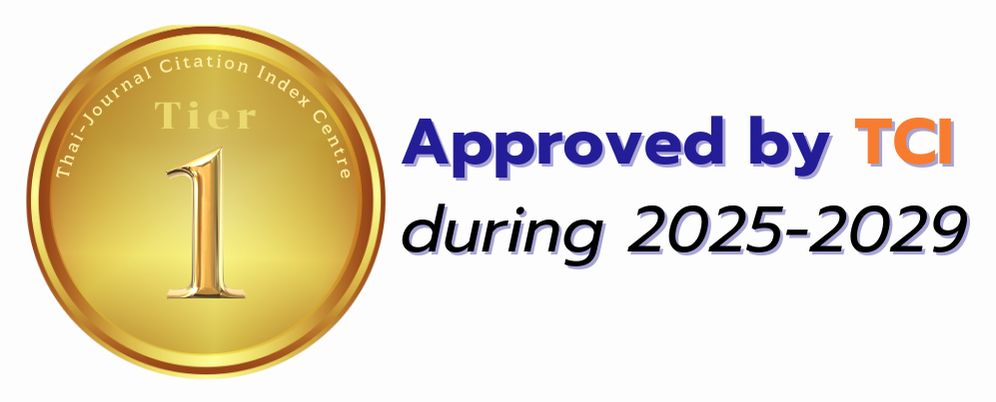Vegetation structure of tree and edaphic factor in 40-year-old of restoration areas at Mae Sa Khon head-watershed area, Nan Province
Keywords:
forest restoration, natural succession, species diversity, native species, exotic speciesAbstract
The study of vegetation structure on restoration area can be linked to the plant community establishment and the success of forest restoration. Especially, head watershed restoration is urgently for soil and water conservation. This study investigated the relationship between edaphic factors and tree composition regenerated in 40-year old restoration areas with different promoted species at Mae Sa Kron head watershed, Nan province. The 20 m x 20 m sampling plots were established in the restoration site with different planted species were Pterocarpus macrocarpus (PMP), Tectona grandis (TGP), and Eucalyptus camaldulensis (ECP) plantation, and also old-growth of mixed deciduous forest (MDF). Five sampling plots were established in each site, 20 plots in total. The soil sample and species composition were collected for community characteristics analysis. The results show that; 61 species 53 genera and 27 family all of 476 trees were found. The PMP and TGP showed that the community characteristic such as diversity index, basal area, stem density, and similarity index slightly similar MDF than ECP plantation site. The relationship between soil and species composition showed that Magnesium related to dominant species which regenerated in TGP and PMP sites. Organic matter was related to dominant species of MDF, the dominant species in ECP site show high value of regeneration in poor soil, but dominant species in PMP not clearly the preventing factors. The results suggested that the restoration practice in the head watershed area planted native tree species had succeeded more than faster growth exotic species.
Downloads



.png)





